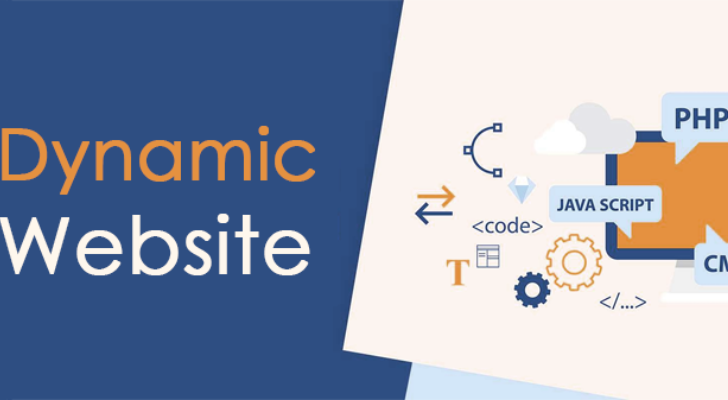Dynamic CMS Website
A Dynamic CMS (Content Management System) website combines the flexibility of dynamic content with the ease of content management, allowing users to create, update, and manage website content efficiently. Unlike static websites, dynamic CMS websites use a database to store content and generate pages on the fly, providing a dynamic and interactive user experience. Let's explore the key features, advantages, and components of a Dynamic CMS Website.
Key Features of Dynamic CMS Websites:
-
Content Management: Dynamic CMS websites empower non-technical users to manage and update website content through an intuitive and user-friendly interface.
-
Dynamic Content Generation: Content is fetched from a database in real-time, allowing for dynamic and personalized user experiences.
-
User Authentication: CMS websites often include user authentication systems, enabling user-specific content and personalized experiences.
-
Scalability: Dynamic CMS websites can easily scale to accommodate growing content and increasing user traffic.
-
Interactivity: Integrating features such as comments, user forums, and interactive forms enhances user engagement.
Advantages of Dynamic CMS Websites:
-
Easy Content Management: Users with minimal technical expertise can update content using a web-based interface, reducing reliance on developers.
-
Real-Time Updates: Changes to content are reflected immediately, providing an up-to-date and dynamic user experience.
-
Personalization: Dynamic CMS websites can tailor content based on user preferences, behavior, or login credentials, creating personalized user journeys.
-
Efficient Workflow: Content contributors, editors, and administrators can collaborate seamlessly within the CMS, streamlining the content creation and approval process.
-
SEO-Friendly: Dynamic CMS platforms often provide tools and plugins to optimize content for search engines, enhancing the website's visibility.
Components of Dynamic CMS Websites:
-
Database: The database stores and organizes the content, enabling dynamic retrieval and display of information.
-
Content Management Interface: A user-friendly interface where administrators and content creators can add, edit, and manage website content.
-
Server-Side Scripting: Dynamic CMS websites use server-side scripting languages (such as PHP, Python, or Node.js) to retrieve and process data from the database.
-
Template Engine: Template engines structure how the dynamically retrieved content is presented, providing a consistent layout across pages.
-
User Authentication System: For websites with user-specific content, an authentication system ensures secure access and personalized experiences.
-
Plugins and Extensions: CMS platforms often support plugins and extensions that extend functionality, such as e-commerce modules, SEO tools, and social media integrations.
Popular Dynamic CMS Platforms:
-
WordPress: A versatile and widely used CMS that powers a significant portion of the internet, known for its flexibility, plugins, and extensive community support.
-
Joomla: An open-source CMS that offers a balance between ease of use and customization, suitable for a range of website types.
-
Drupal: A robust and scalable CMS favored for its flexibility and ability to handle complex content structures and workflows.
-
Magento: Specifically designed for e-commerce, Magento is a powerful CMS that facilitates the creation of dynamic and feature-rich online stores.
Building a Dynamic CMS Website:
-
Choose a CMS Platform: Select a CMS platform based on the website's requirements, considering factors like scalability, ease of use, and available plugins.
-
Install and Configure: Set up the chosen CMS on a web server, configure settings, and connect to a database.
-
Theme Customization: Customize the website's appearance by selecting or creating a theme that aligns with the brand and design preferences.
-
Content Creation: Use the CMS interface to add and manage content, organizing it with categories, tags, or custom taxonomies.
-
Extend Functionality: Explore and install plugins or extensions to add additional features and functionality as needed.
-
Optimize for SEO: Implement SEO best practices within the CMS or using plugins to enhance the website's search engine visibility.

